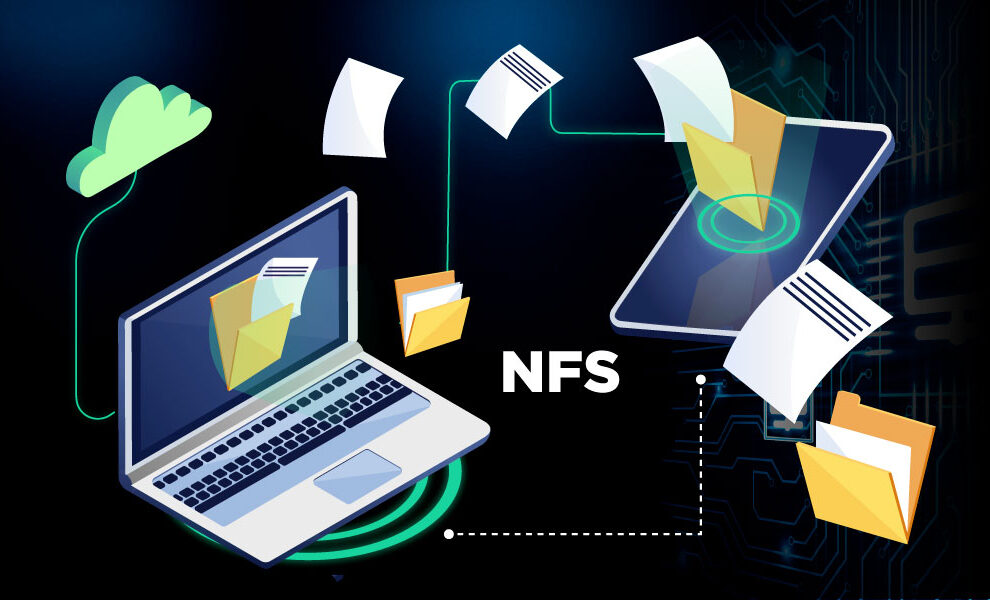Network File System (NFS) makes files accessible and shareable over a network as though they were locally located on each client’s computer. Because of its ease of use, management, and support for many versions—NFS v3 being the most popular—it is a commonly used file system.
This protocol is a simple and effective way to share files across a network. It requires a client in the kernel to allow NFS mounting.
This blog discusses, meaning, working and benefits of NFS. Let’s start!
What is a Network-Based File System (NFS)?
The Network File System (NFS) protocol was developed in the 1980s. Its main purpose is to enable servers to share files remotely. NFS comes in several variants. Most people use NFS v3. NFS requires a client in the kernel that allows NFS mounting and is simple to use and administer.
Working Process of Network File System (NFS)
The “mount” command, which defines client and server software choices or characteristics, is essentially where the NFS client-server communication starts.
Over 30 different variables may be supplied on the mount command, including read/write block size and protocol utilized. NFSv4 is a stateful protocol. Security protocols verify data security settings, client access to data files, etc.
Software options for the NFS protocol that are more intriguing include those related to caching, shared file locking, and security support. File locking and caching are interdependent, and both need to be set correctly for shared file access to function.
A host’s reading or writing data may include errors if it is only stored in the host’s cache and another host attempts to access the same file. This can happen if the NFS storage server’s clients utilize different locking and caching settings for the mounted file system.
File locking was used to make shared file access easier. That occurs when many applications or (compute) threads access the same file. Shared file access can occur inside a single host or across many hosts using NFS.
What are the benefits of Network File System (NFS)?
NFS has developed over time to enable more security, improved file sharing (locking), and improved speed (caching). Additionally, it’s a simple, user-friendly, and reasonably priced network file-sharing solution that uses the current Internet protocol infrastructure.
These are the benefits of the Network File System service:
- The ability for many clients to share files enables data sharing over the network, enabling remote hosts to view local files as if they were local ones.
- Applications are shared among computers, removing the requirement for local disk space and lowering storage expenses.
- Since everyone has access to the duplicate files, the data is consistent and dependable and can always be kept up to date.
- Thanks to support for heterogeneous environments, you can employ interoperable components and run mixed technologies from many suppliers.
- The centralization of data results in a reduction in system admin overheads.
- Reducing the number of loose detachable disks and drives lowers security risks, which is always a good thing!
Conclusion
Network File System (NFS) provides a reliable and effective way to share data over a network. Through caching, its progress has resulted in higher performance, more security, and expanded file-sharing capabilities.
By leveraging already-existing internet protocols, NFS streamlines network file sharing and provides a dependable and affordable option. NFS offers centralized data administration, lower storage costs, reliable and current data access, and compatibility with a variety of contexts.
NFS continues to be a valuable tool for businesses looking to optimize their file-sharing and data-management procedures.
Stay ahead with the latest tech insights at HiTechNectar.
Also Read:
7 Marketing Automation Trends that are Game-Changers
8 Applications of Industrial Internet of Things (IIoT)



